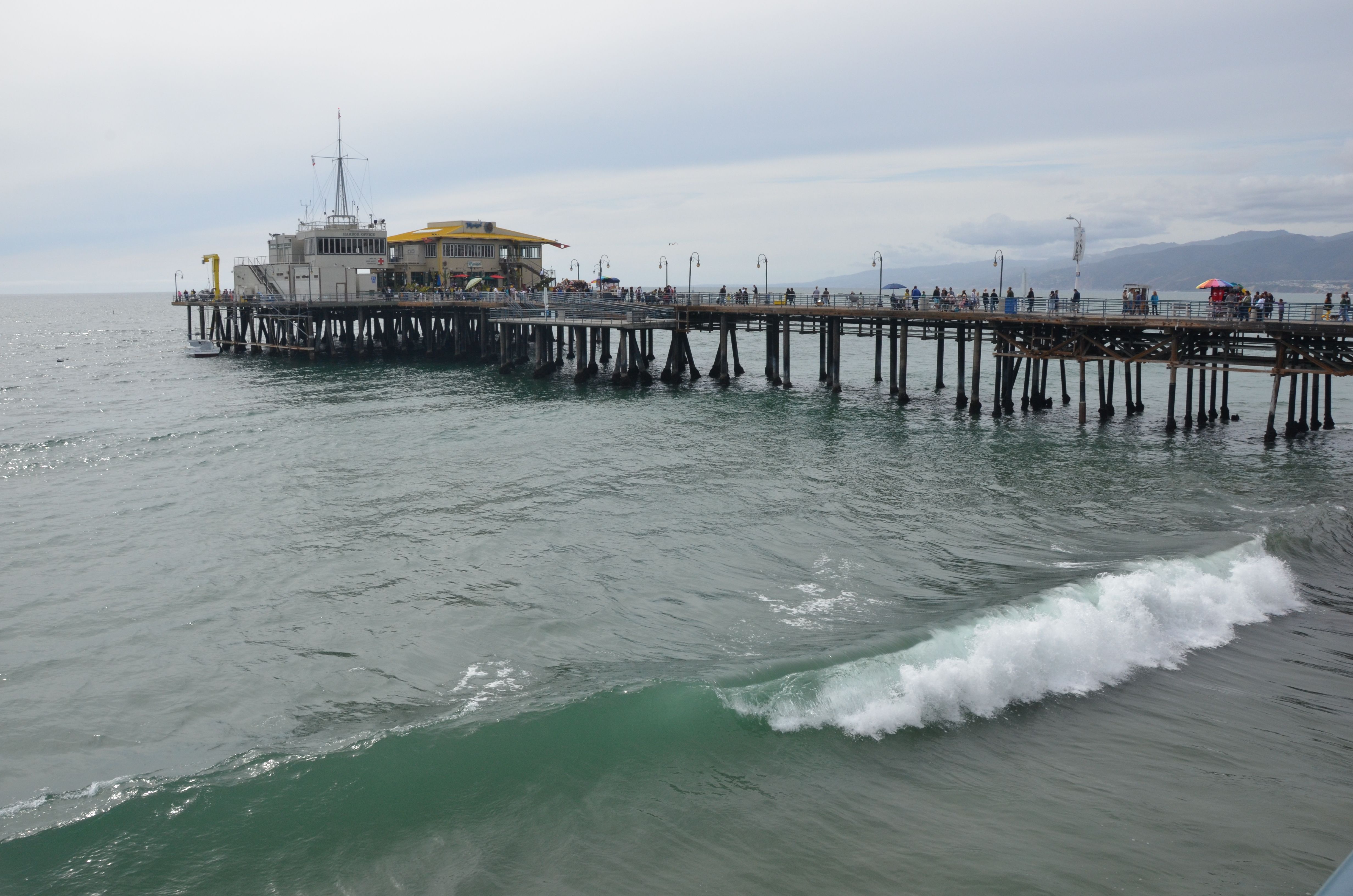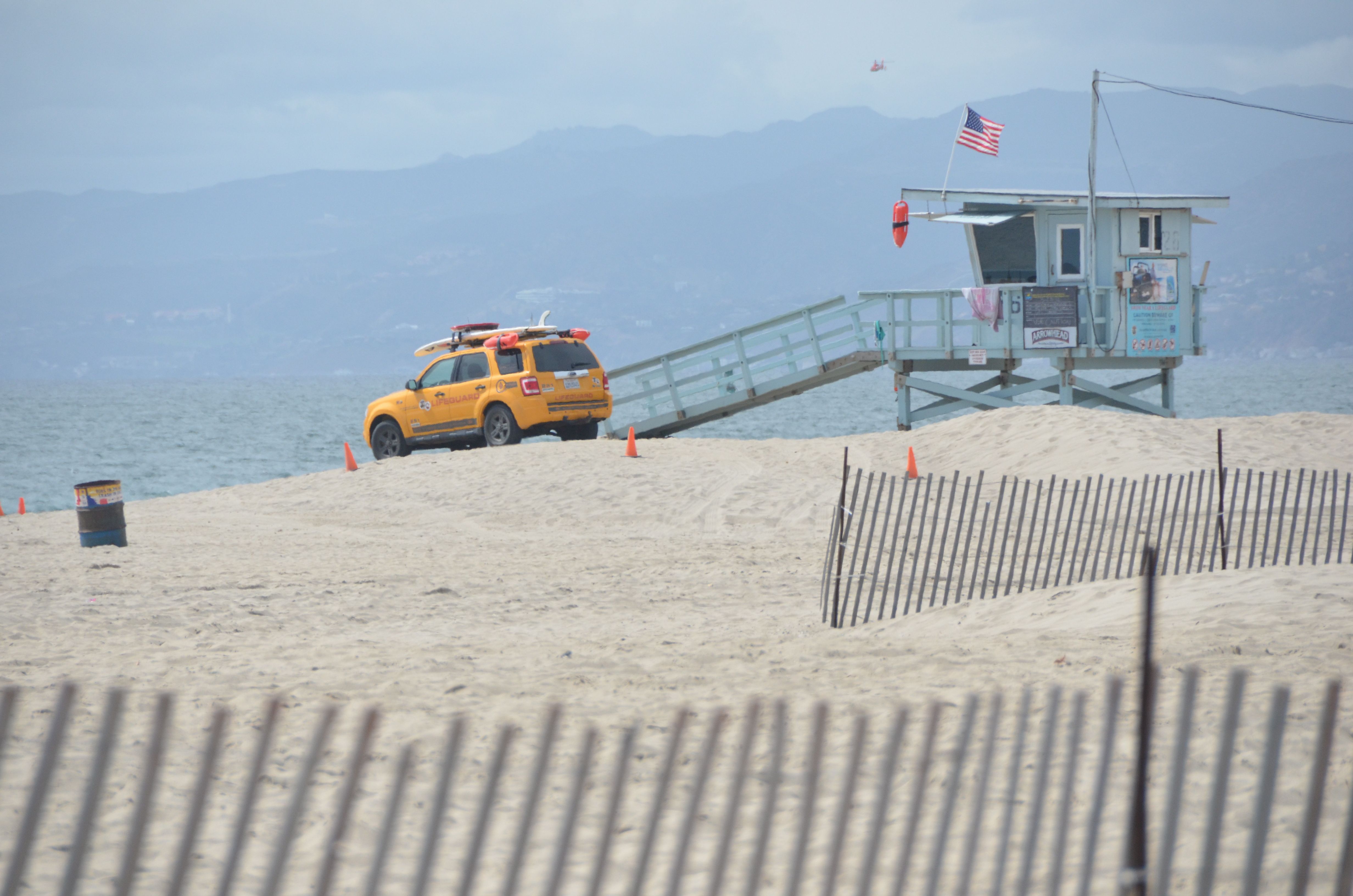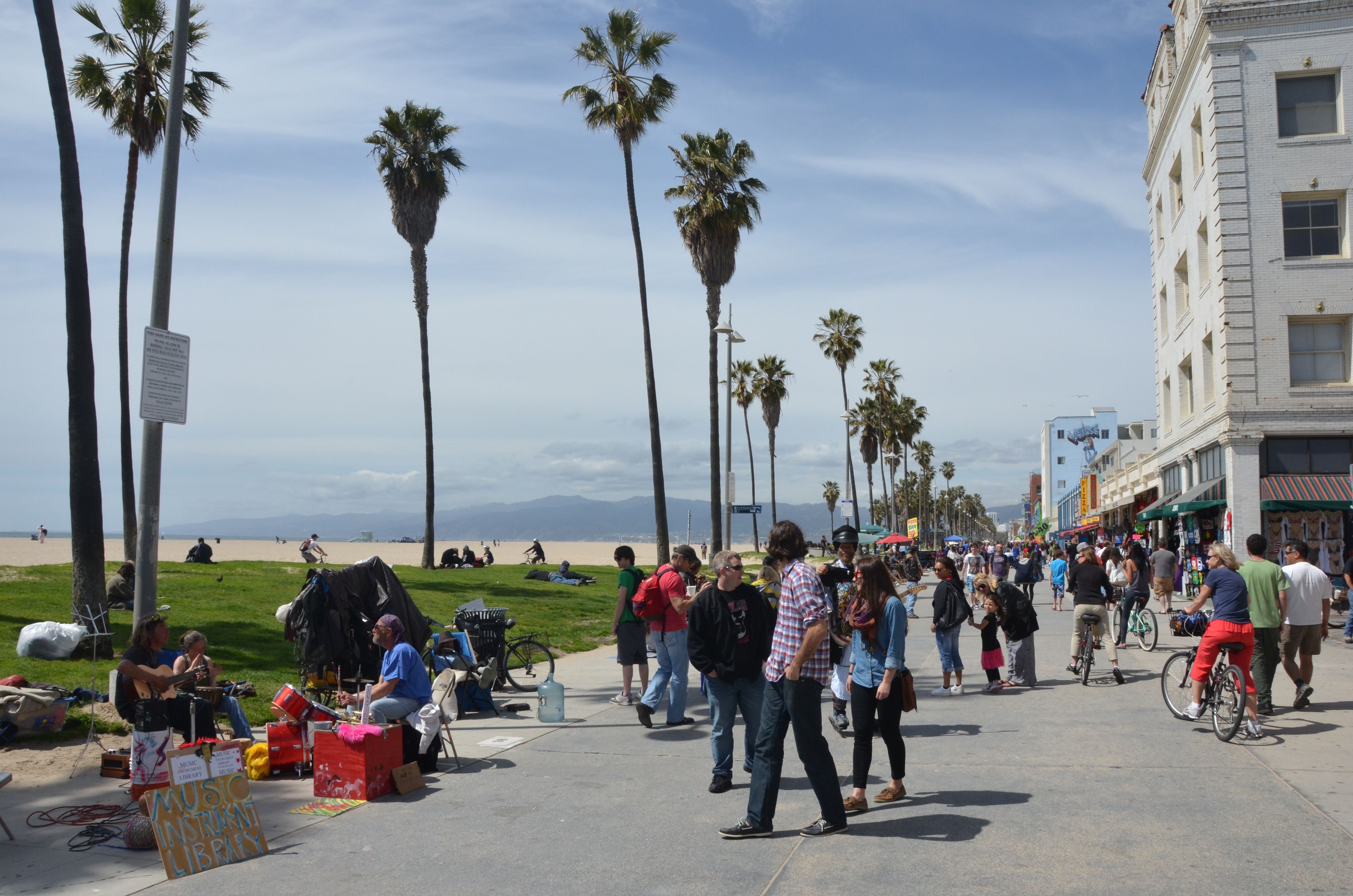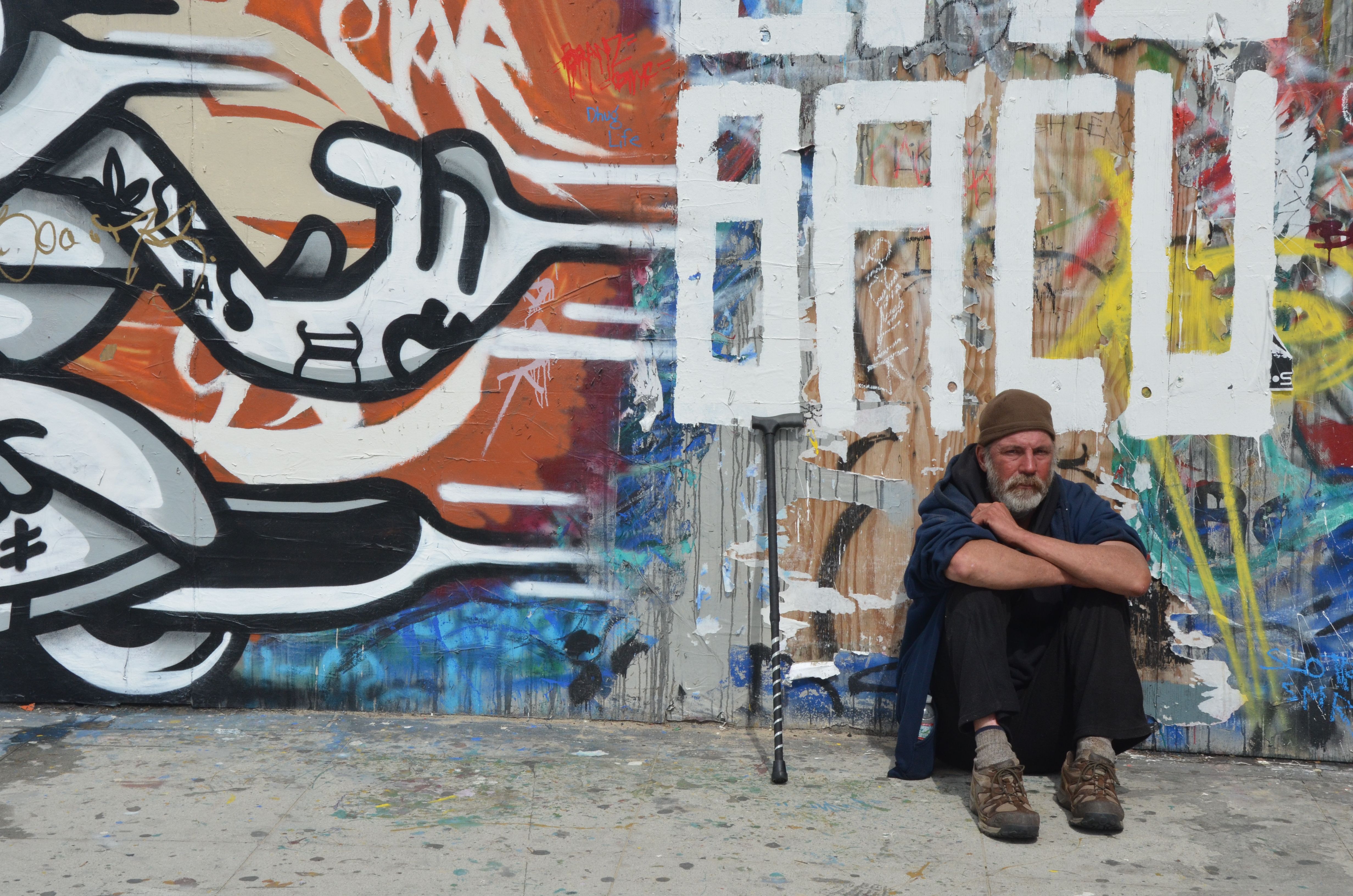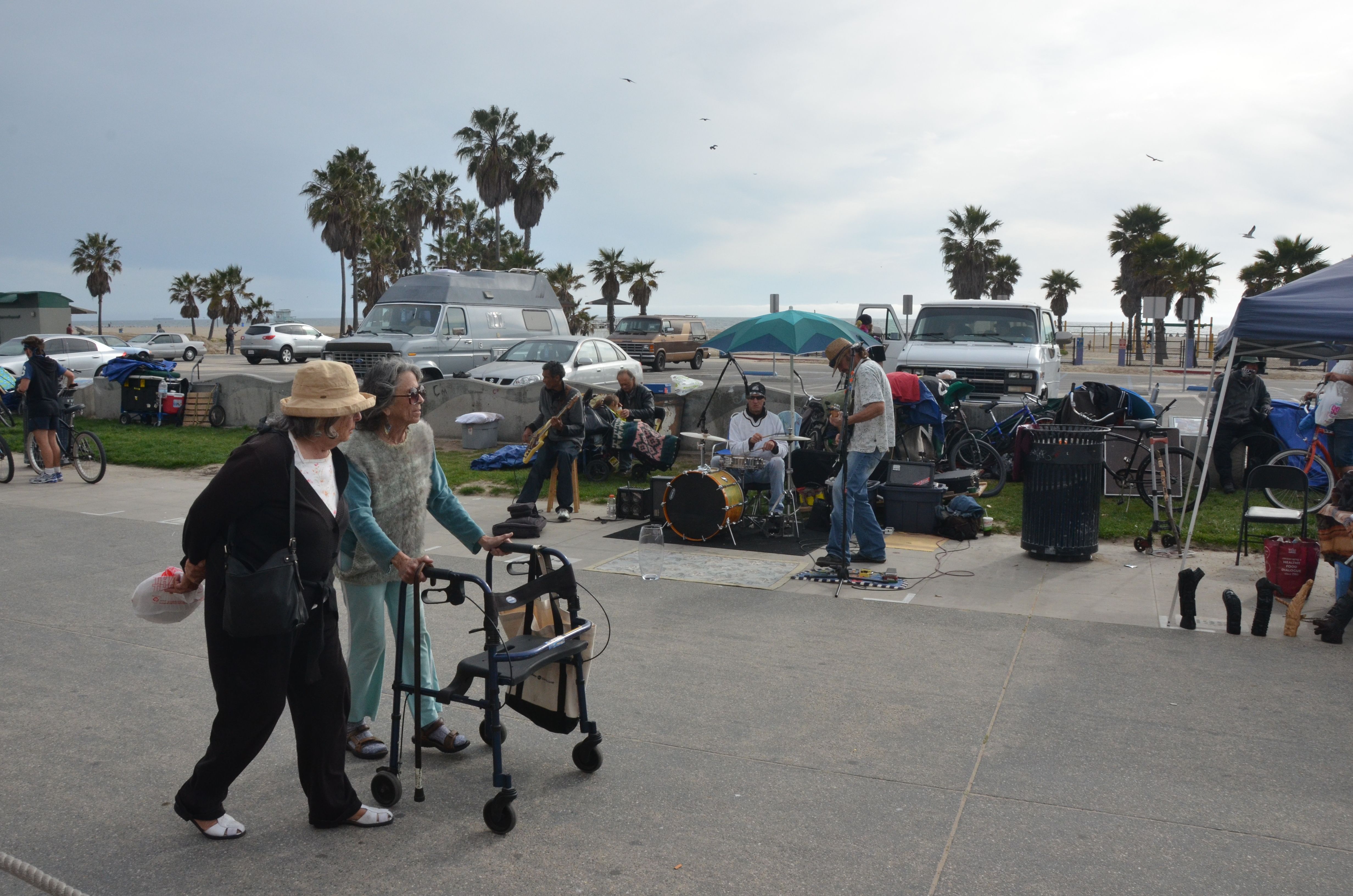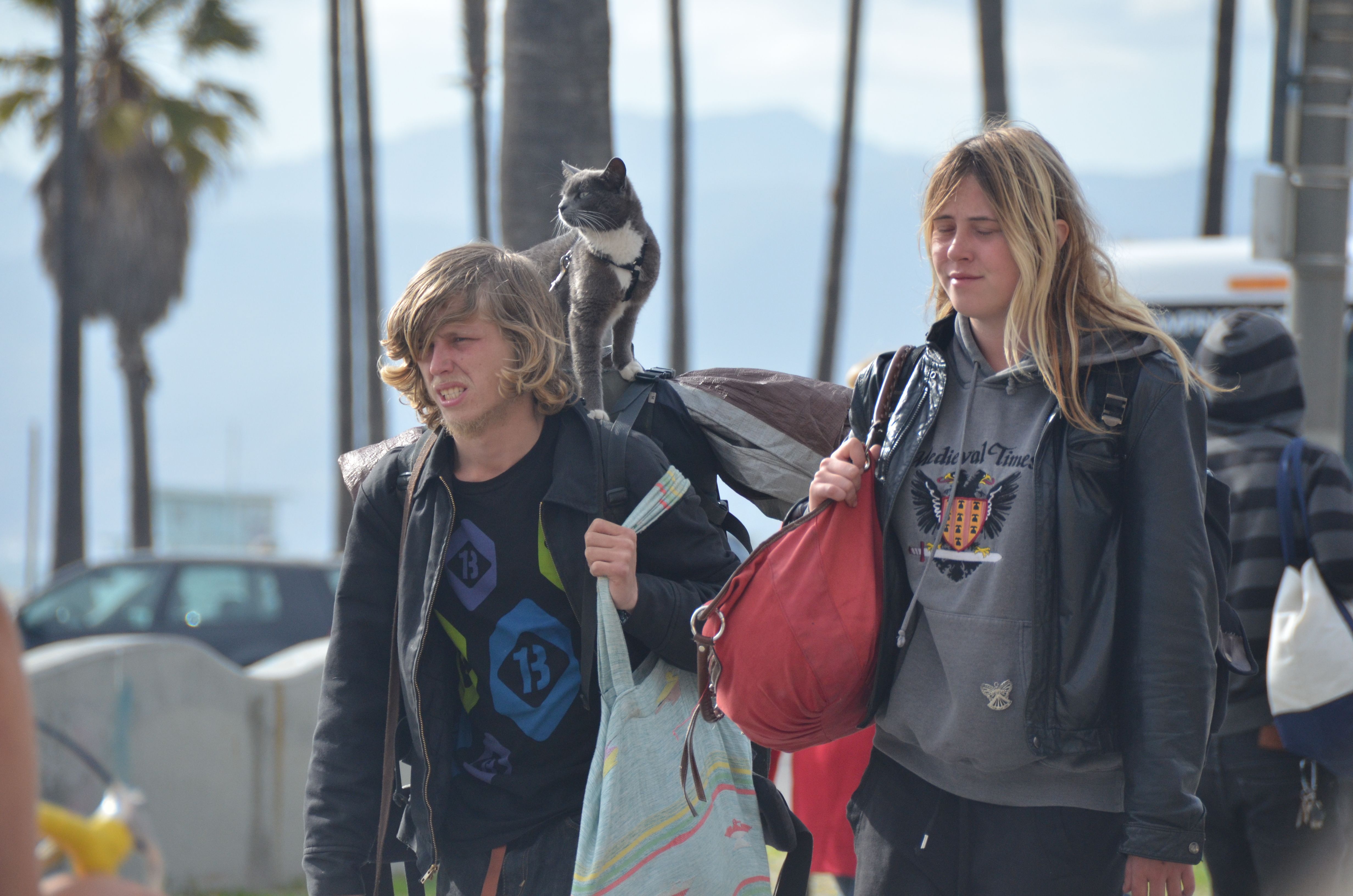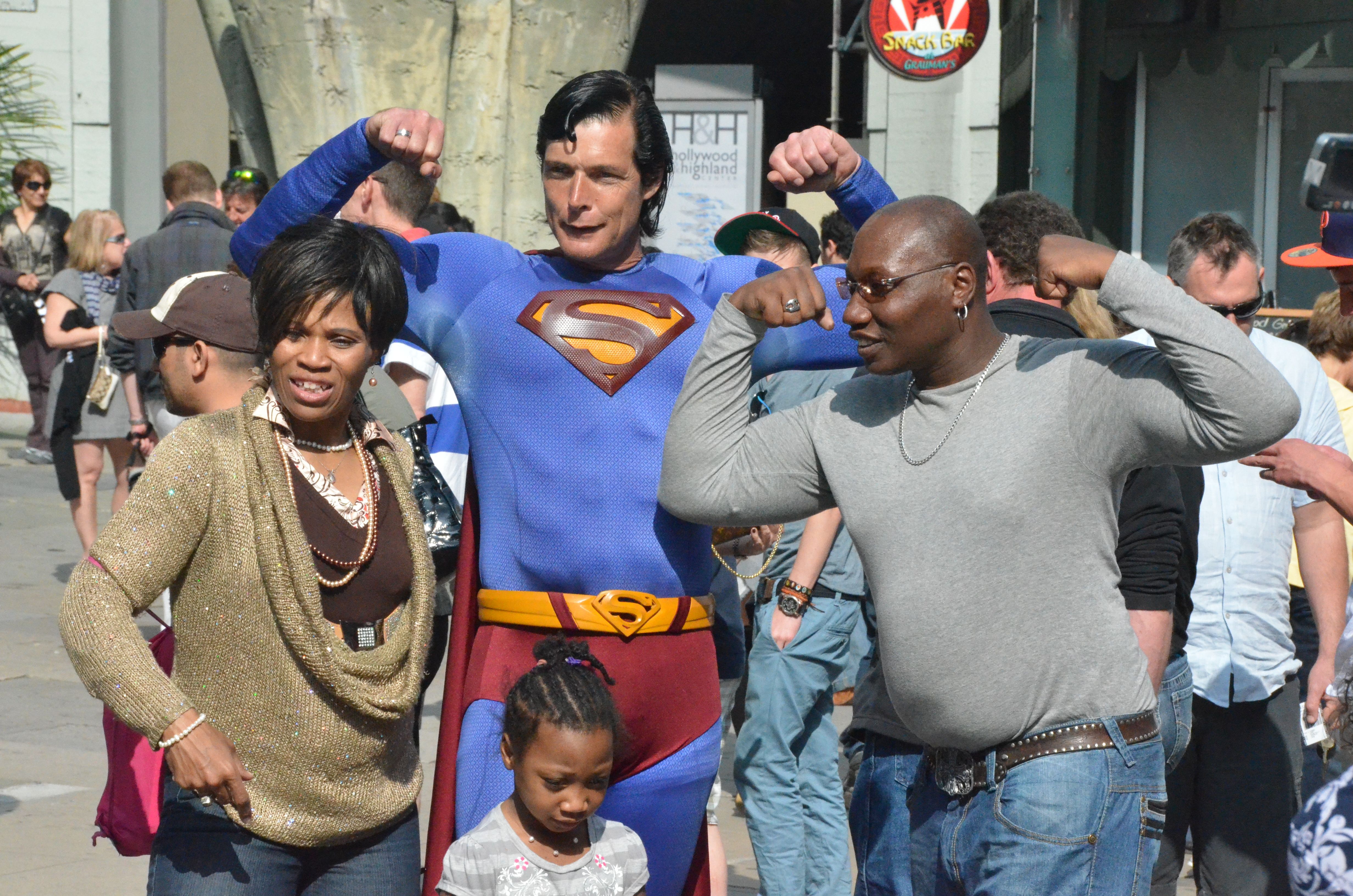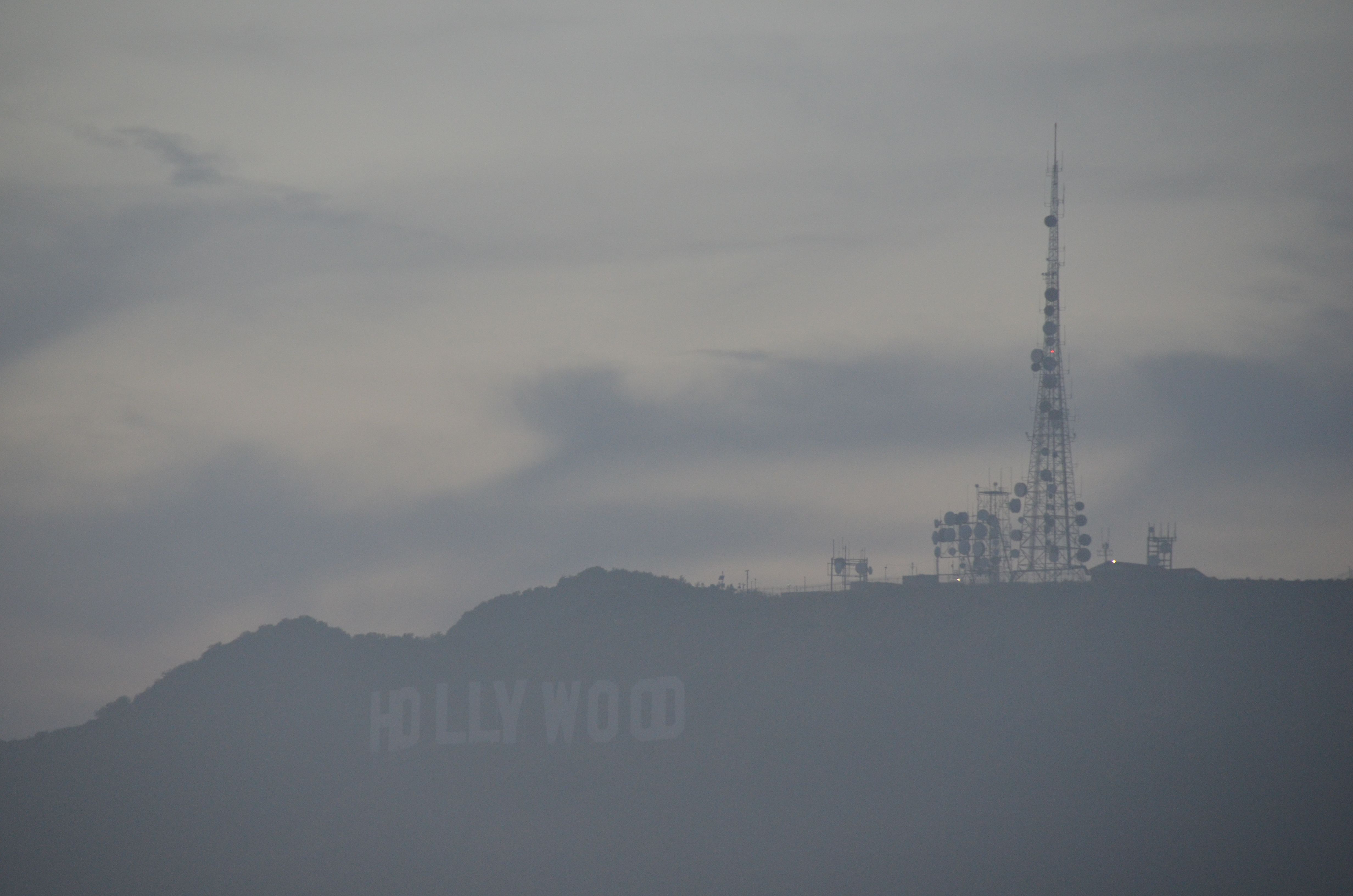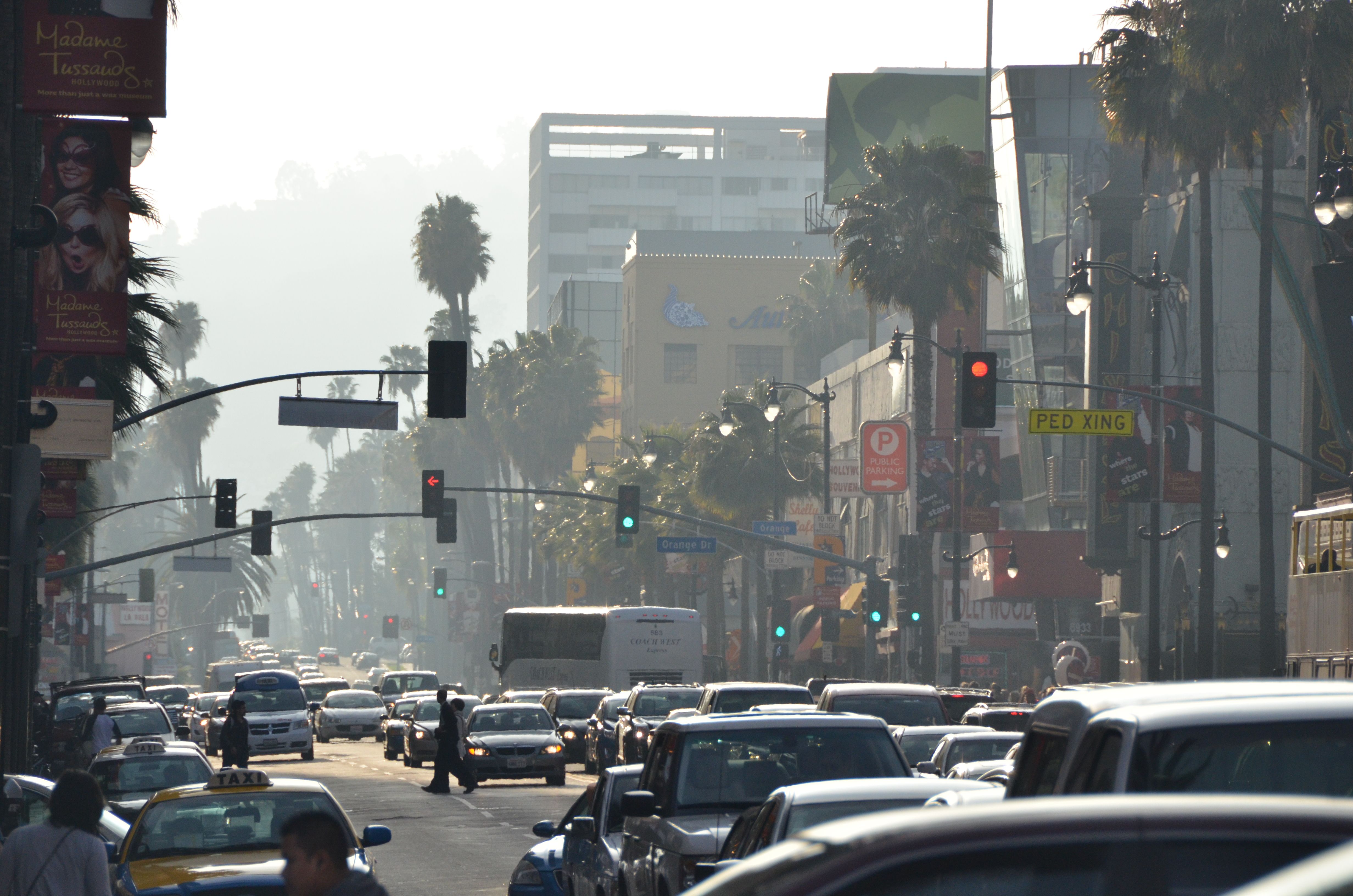Statsraad Lehmkuhl visits Los Angeles October 5–7, 2025
Flying into Los Angeles by night simply takes your breath away. The transition from barren mountains to an endless sea of lights is overwhelming. By population, the city is the second largest in the United States after New York, but in size Los Angeles is much bigger: 1,210 km² compared to New York’s 778 km².
When Statsraad Lehmkuhl sails into Los Angeles, the view from deck is not quite as striking, since the city lacks New York’s iconic skyline. But in clear weather, it is still a special experience to see the city appear with high mountains as its backdrop.

Spanish territory
People have lived between the mountains of California and the Pacific Ocean for thousands of years. The first Europeans to arrive were led by Juan Rodríguez Cabrillo, who claimed the area as Spanish territory in 1542. But it took more than 250 years before the Spanish settled here permanently.
The territories Spain controlled in North, Central, and South America gained independence in 1821, becoming part of the first Mexican republic. The United States conquered California in the Mexican-American War, and since 1848 Los Angeles and the rest of California have belonged to the U.S.
Los Angeles is a shortened form of "El Pueblo de Nuestra Señora la Reina de los Ángeles", the name given by Spanish settlers who established the town in 1781.
Truly multicultural
Today, 3.88 million people live within the city limits, and 12.9 million if you include Greater Los Angeles. Nearly half of the population is Hispanic or Latino, close to a third non-Hispanic white, and almost ten percent Black.
But the city is truly multicultural. Part of what makes Los Angeles exciting to visit- especially to eat in - are its many ethnic neighborhoods: Chinatown, Filipinotown, Koreatown, Little Armenia, Little Ethiopia, Tehrangeles, Little Tokyo, Little Bangladesh, Thai Town.
Busiest port
Los Angeles is the largest manufacturing center in the United States, and its port is the busiest in the country. Among others, aircraft manufacturers Boeing and Northrop Grumman have major plants here. The city has long been the hub of the U.S. entertainment industry, with the illuminated sign in the Hollywood district as its landmark. In and around Los Angeles are several renowned universities and research centers, including the University of California, Los Angeles (UCLA), Stanford Research Park, and the California Institute of Technology (Caltech).

Industry, and above all heavy car traffic, cause Los Angeles to suffer from smog. The problem is made worse by inversion, when cold air sinks down, is trapped by the mountains, and forms a lid that locks the pollution in.

Earthquakes
Los Angeles is framed by the Santa Monica Mountains in the north, the San Gabriel Mountains in the east, and the Santa Ana Mountains in the south. In the north and south the ranges are low, while 19 of the peaks in the San Gabriel range rise above 2,000 meters. The highest of them all is San Antonio, also known as Mount Baldy, at 3,068 meters. High enough to occasionally get a little snow in winter.
The mountains were formed where two tectonic plates meet along the U.S. west coast. The Pacific Plate pushes under the North American Plate, forcing it upward, making the entire region prone to earthquakes.
To the west of the city lies the Pacific Ocean and the southernmost of the Channel Islands: Santa Catalina, a popular tourist destination, and San Clemente and San Nicolas, which are closed military bases, along with small Santa Barbara, which is a national park.
Los Angeles has only two seasons: a dry summer and a very mild winter. Normal maximum temperature is at least 20 °C year-round, with December as the exception. Most of the sparse annual rainfall, 362 millimeters, falls between December and March.
Normal maximum temperature in October: 25.9 °C
Normal rainfall in October: 15 mm


